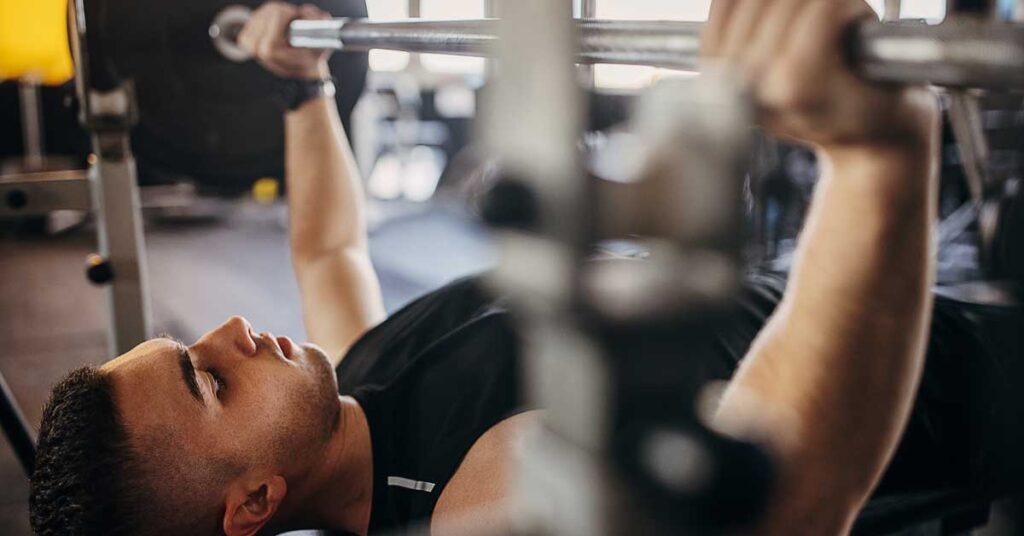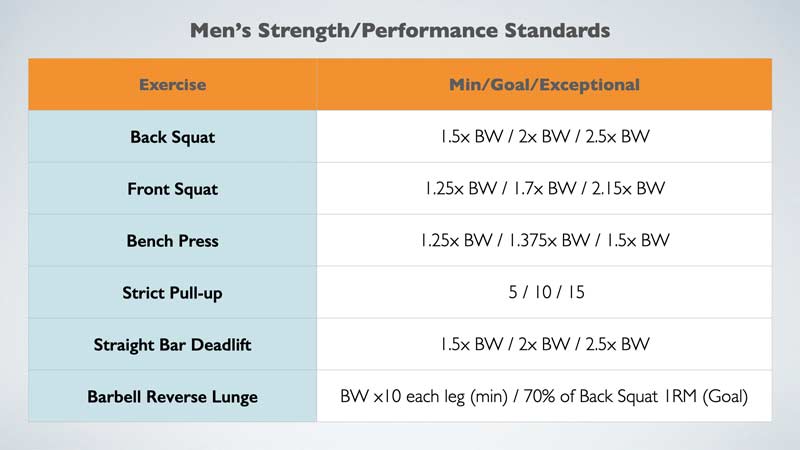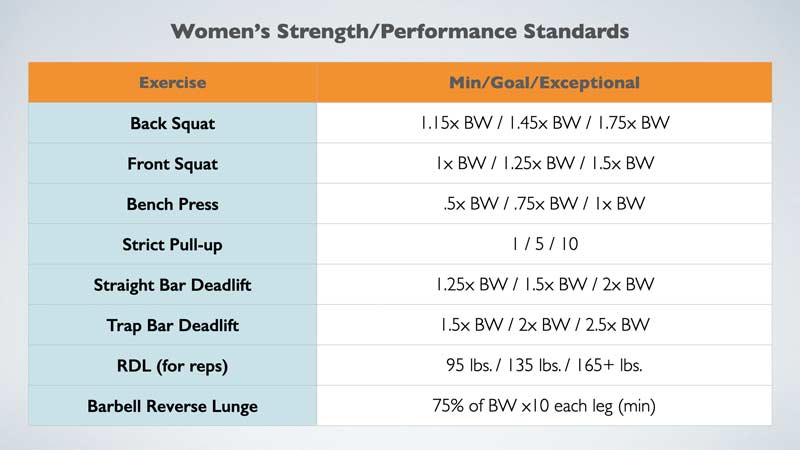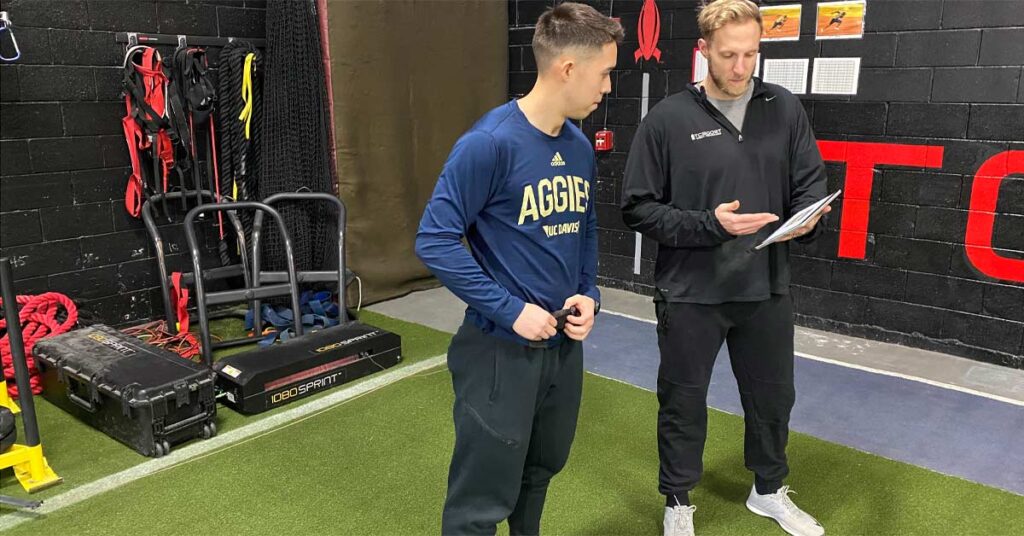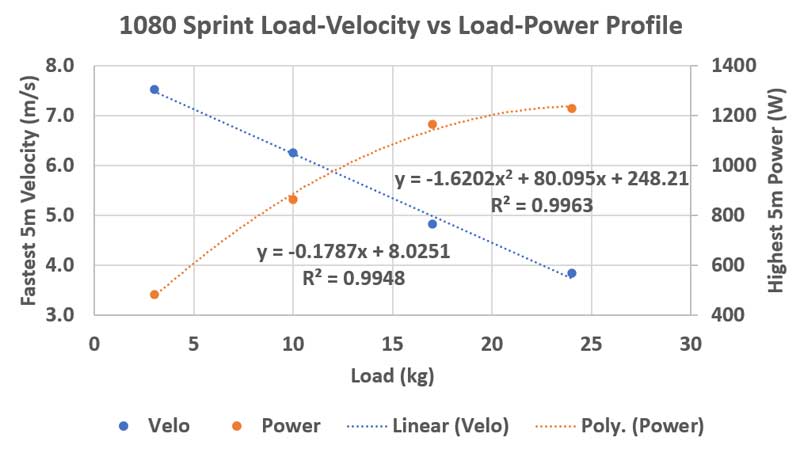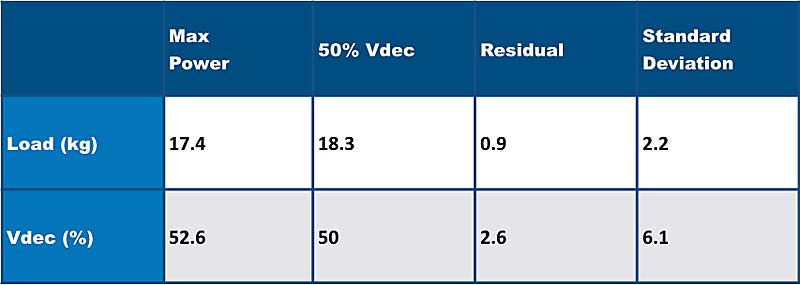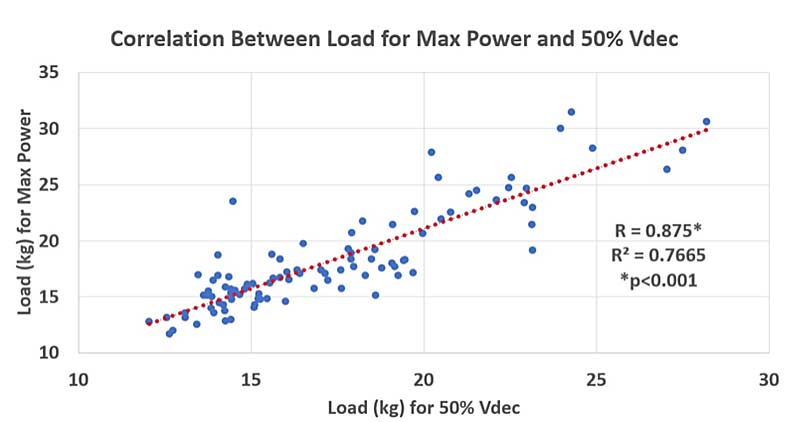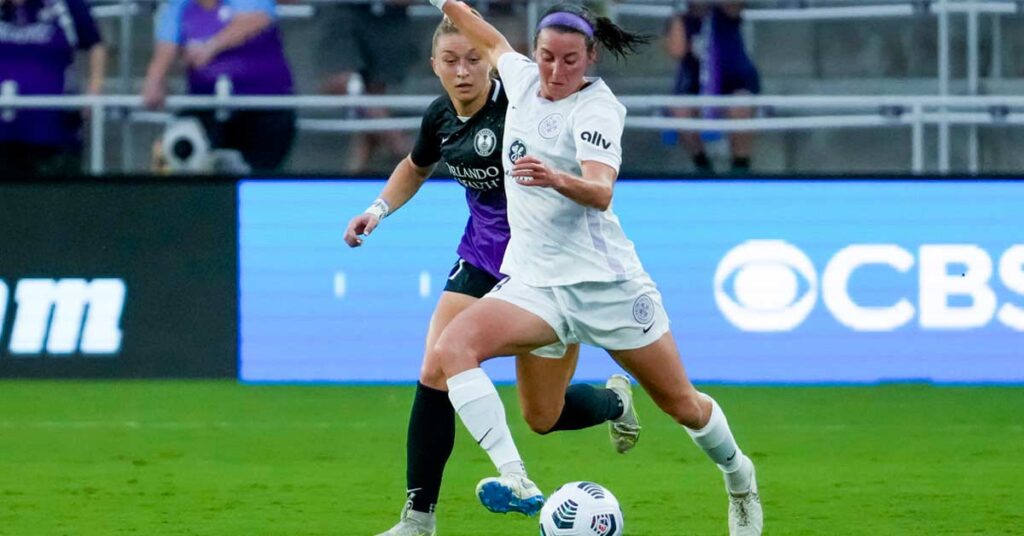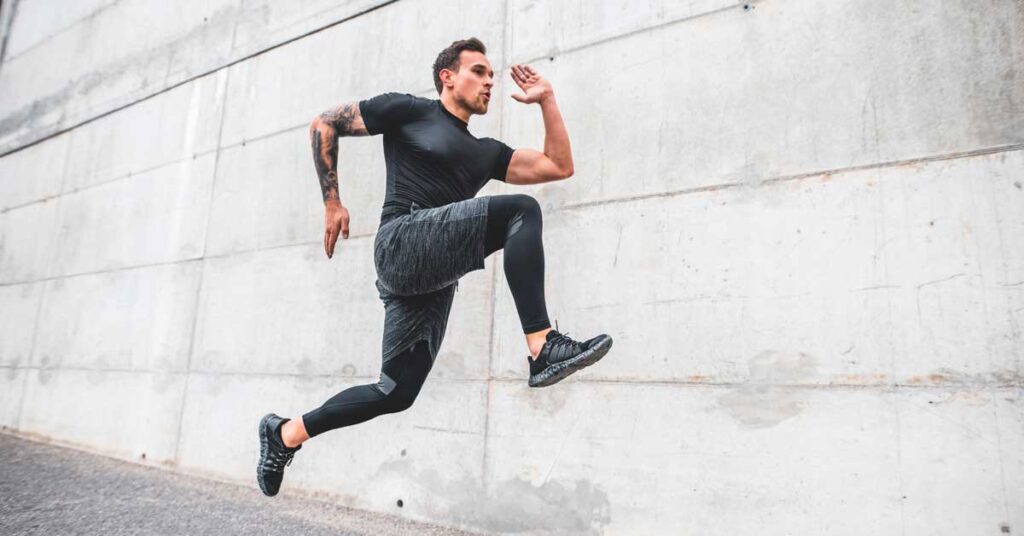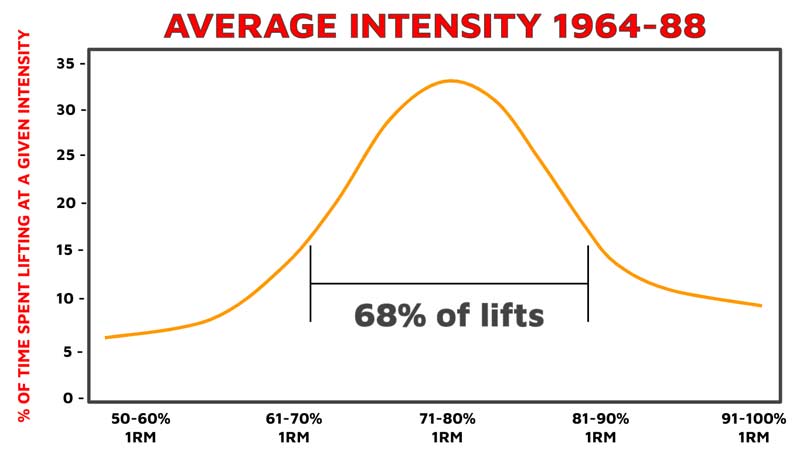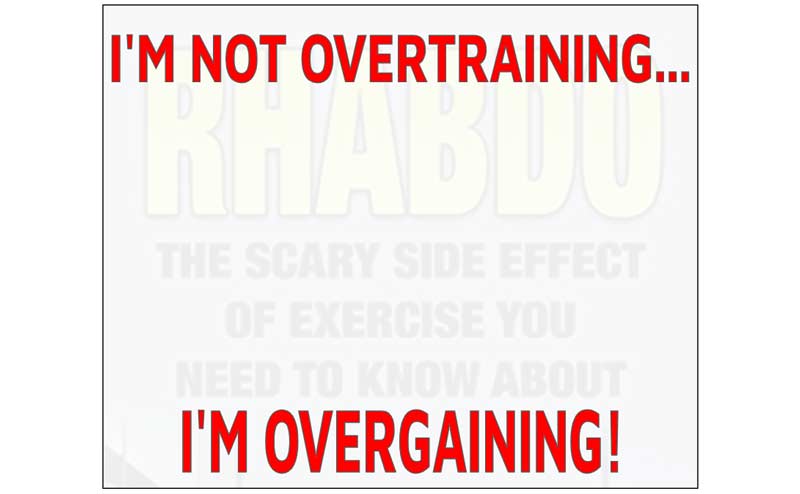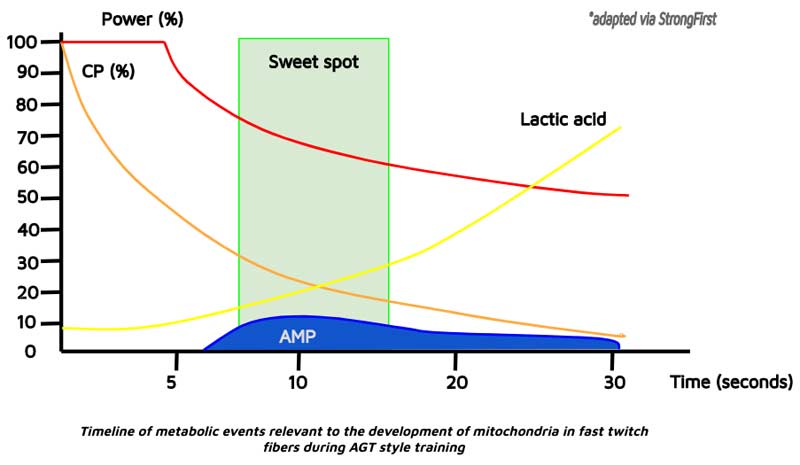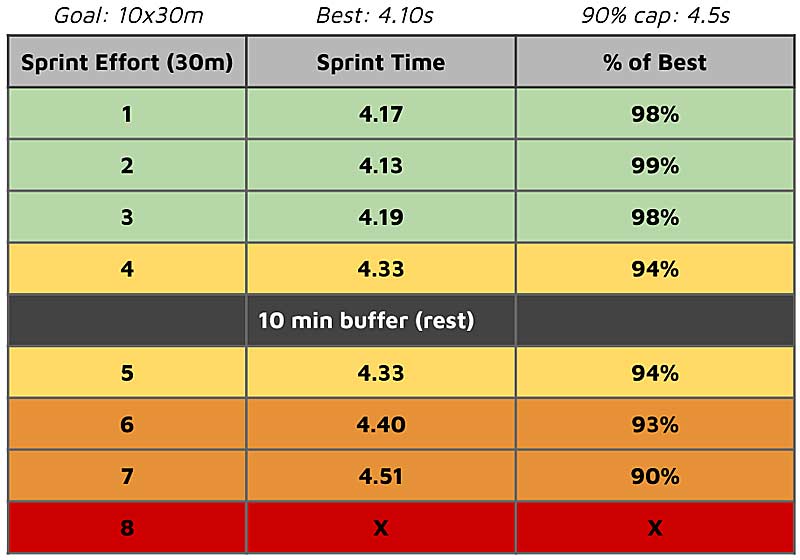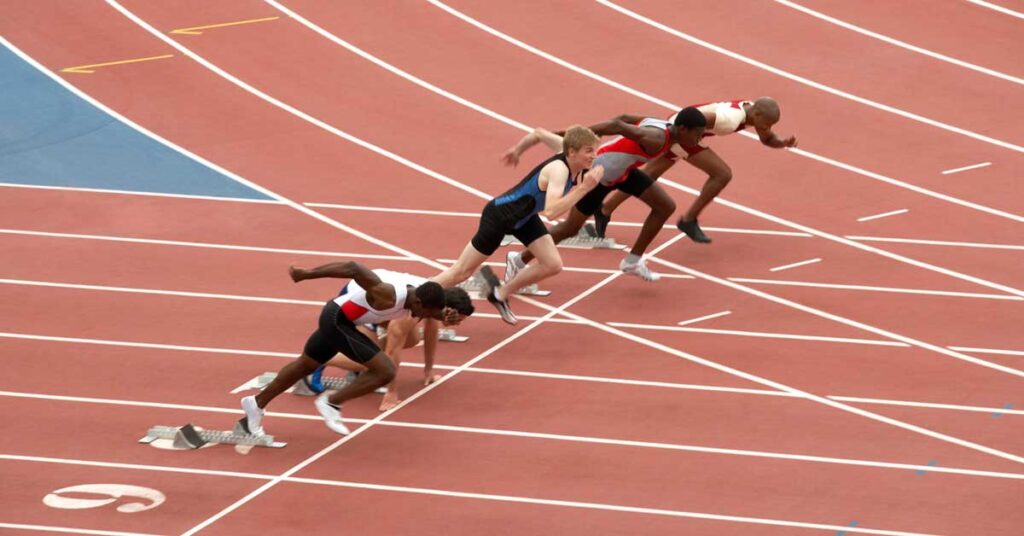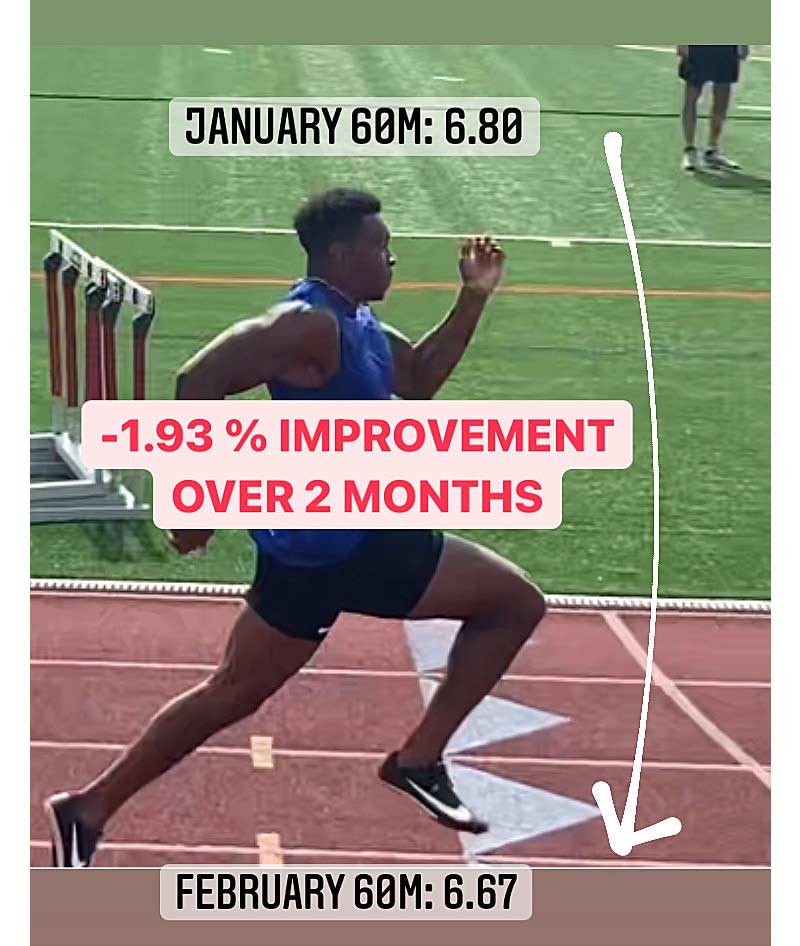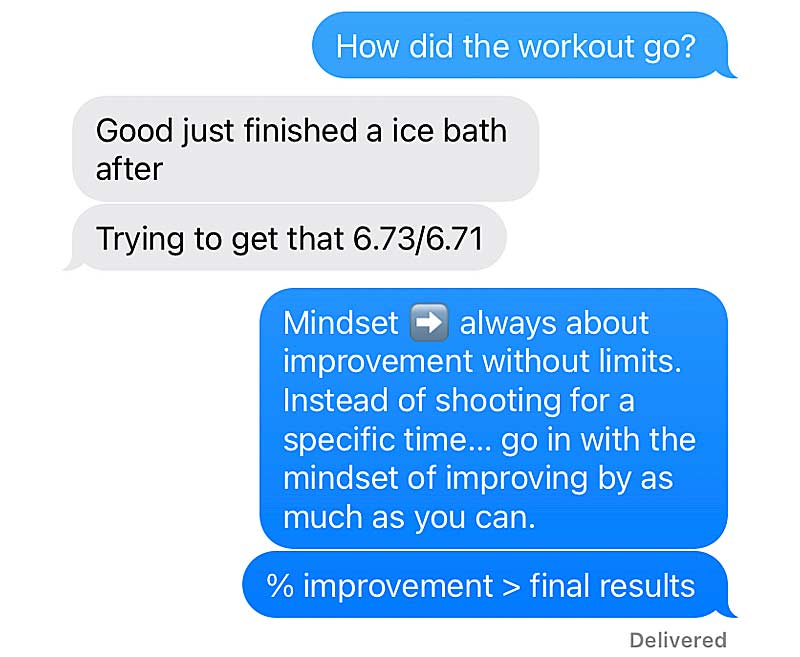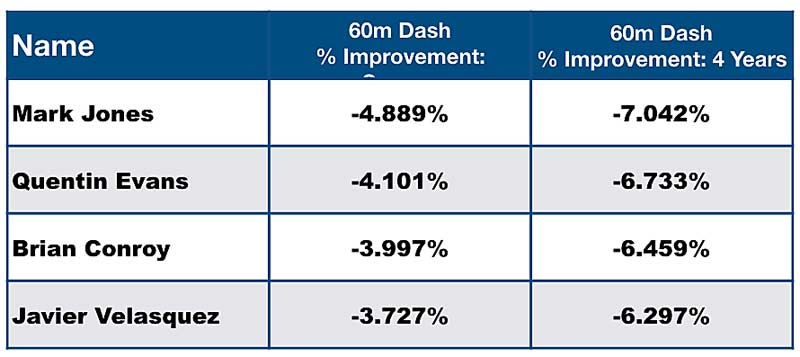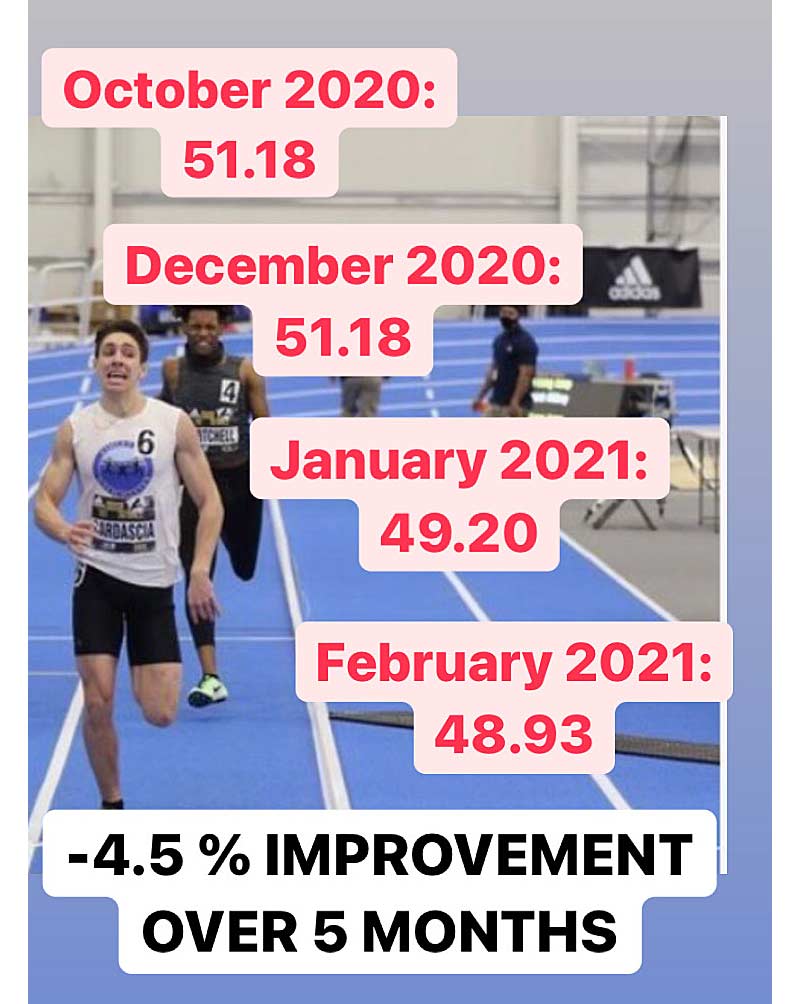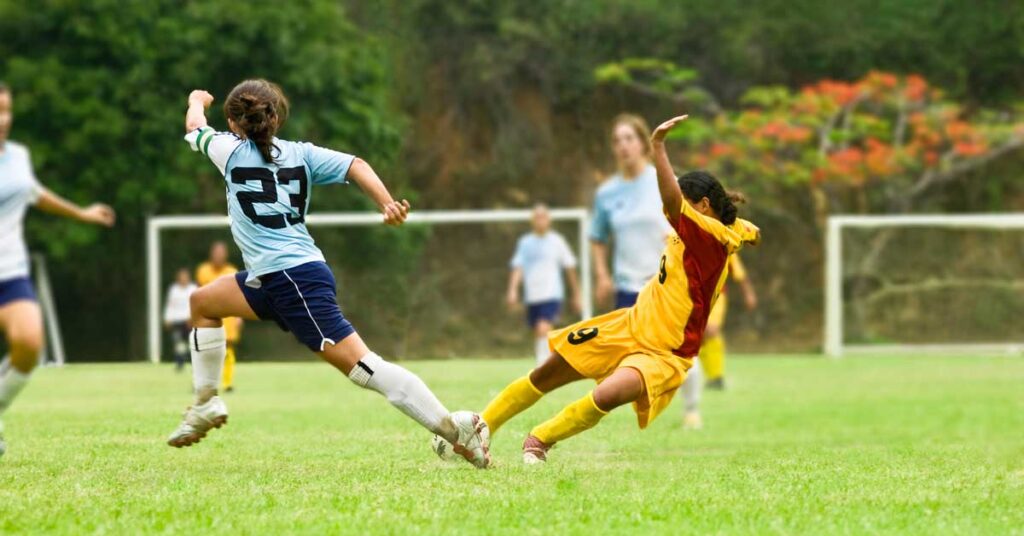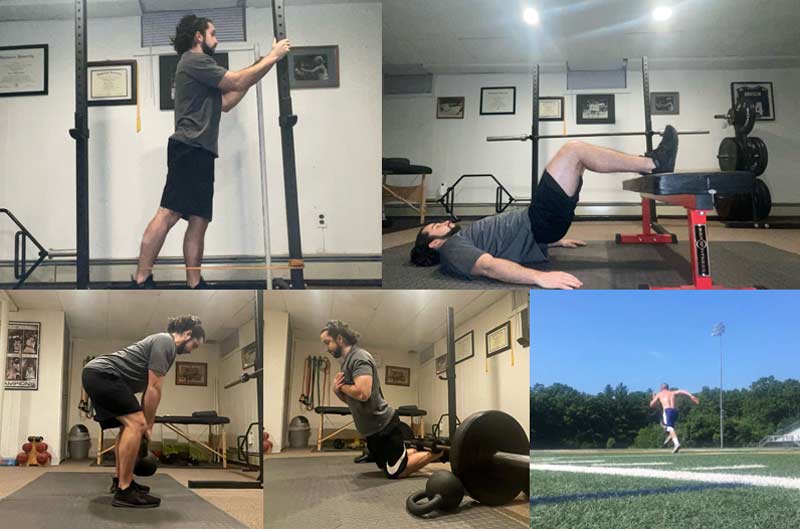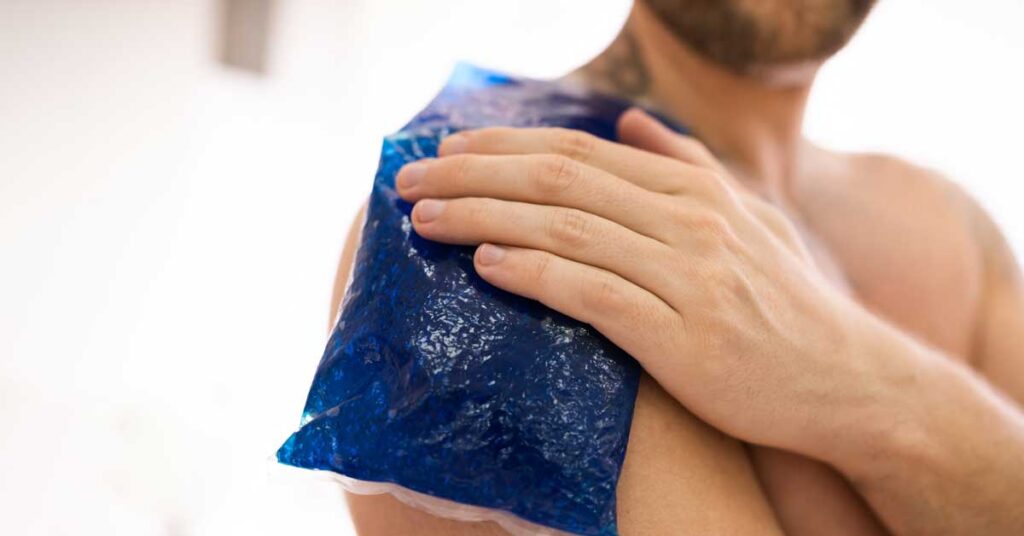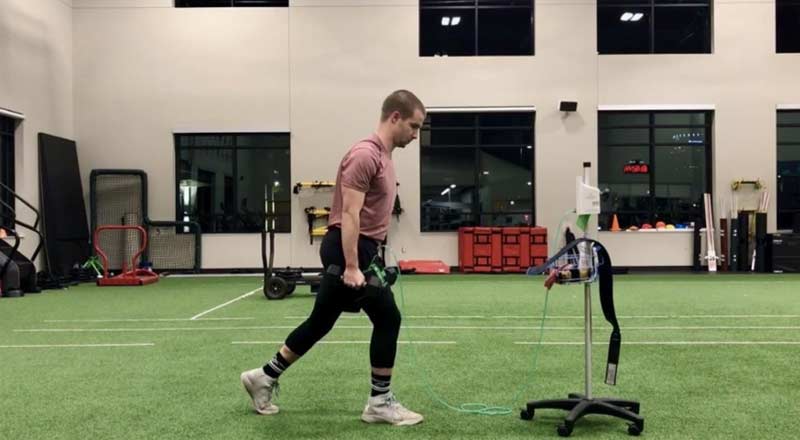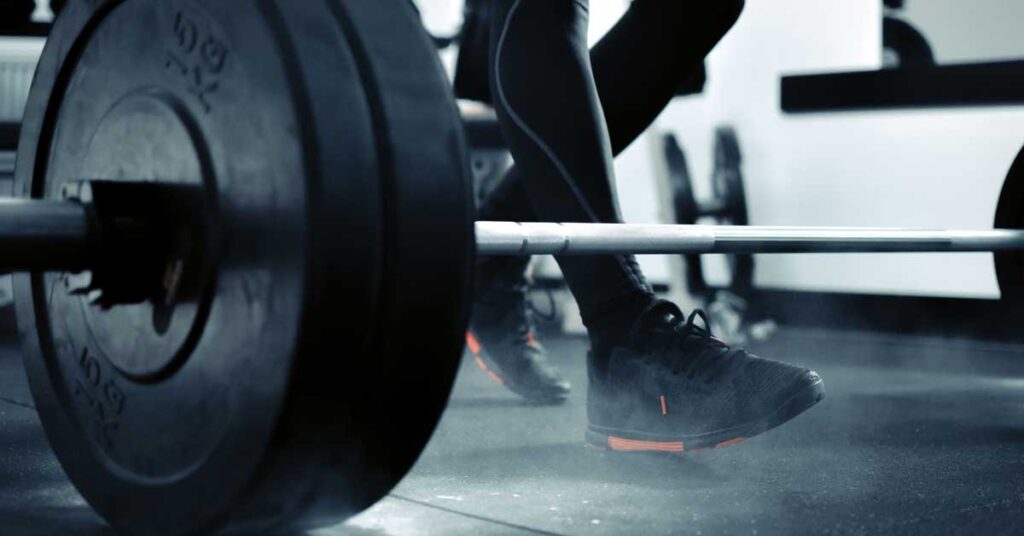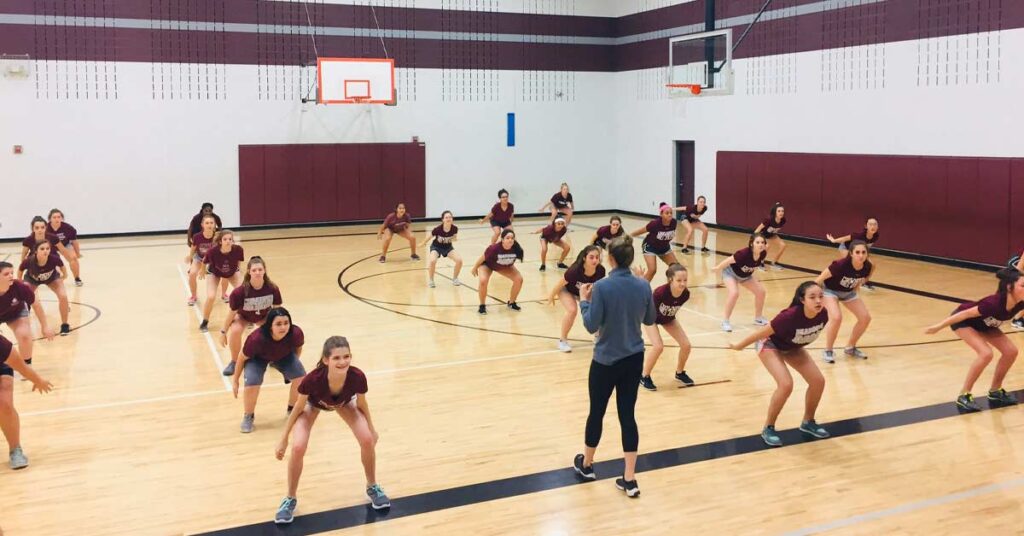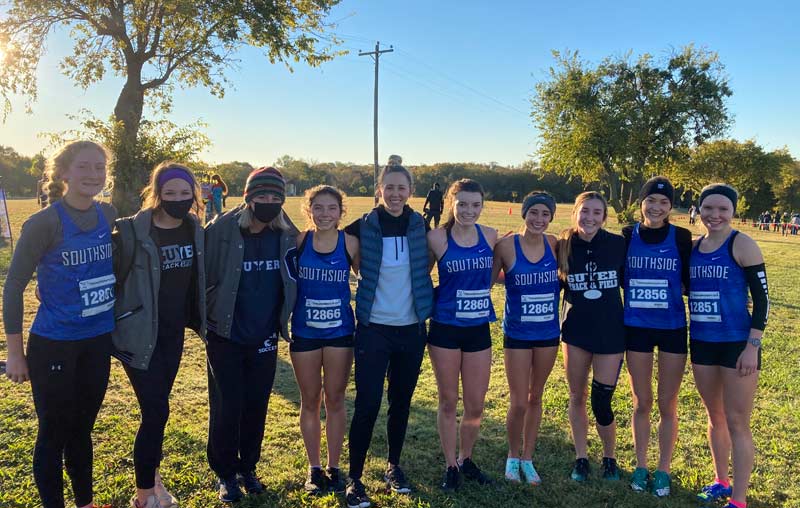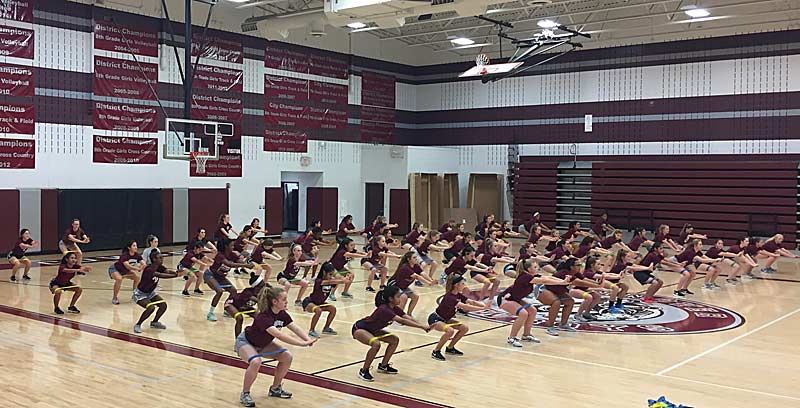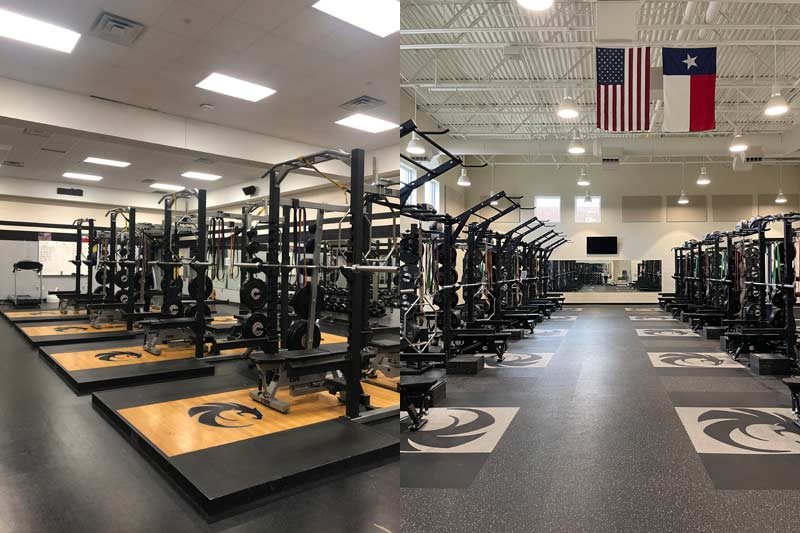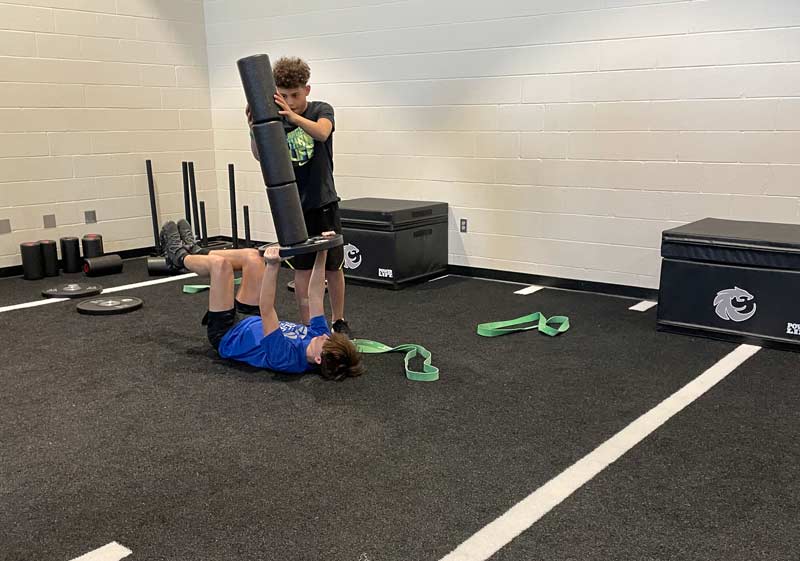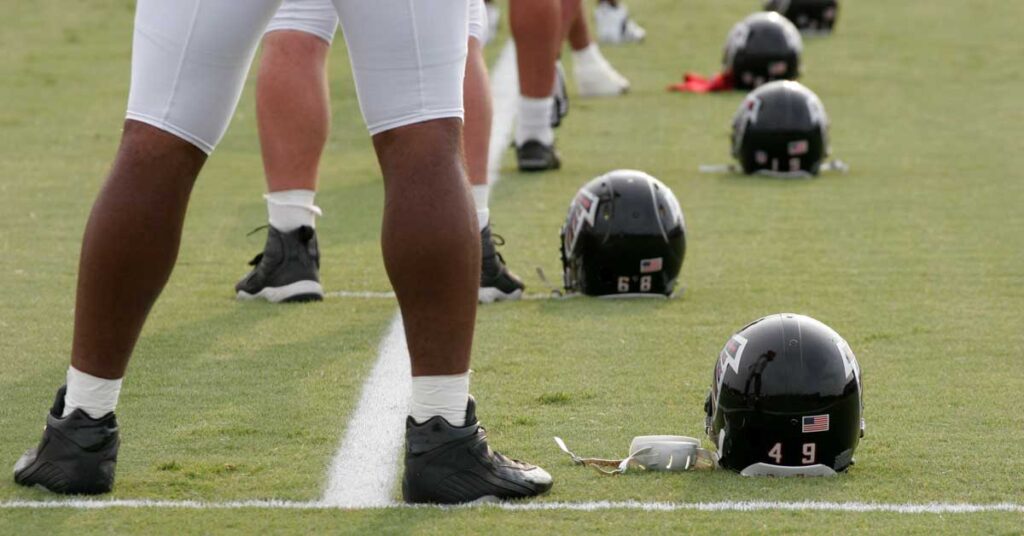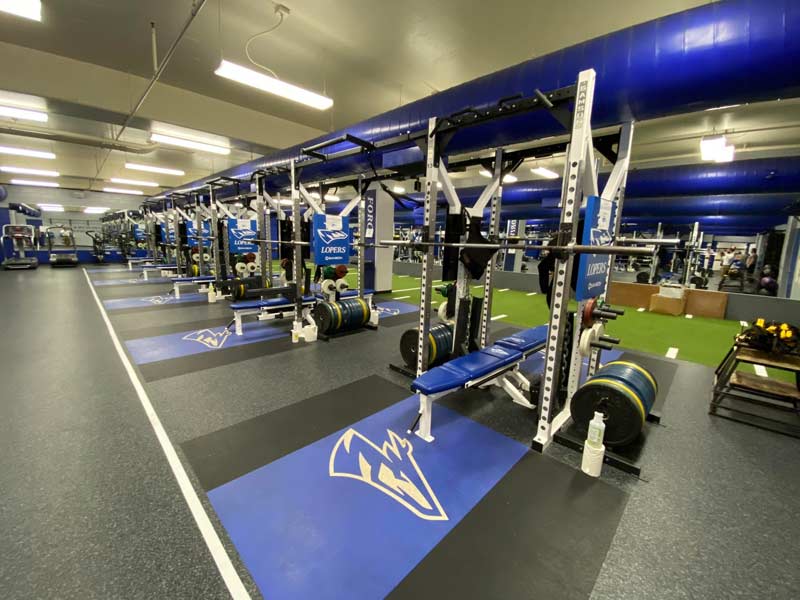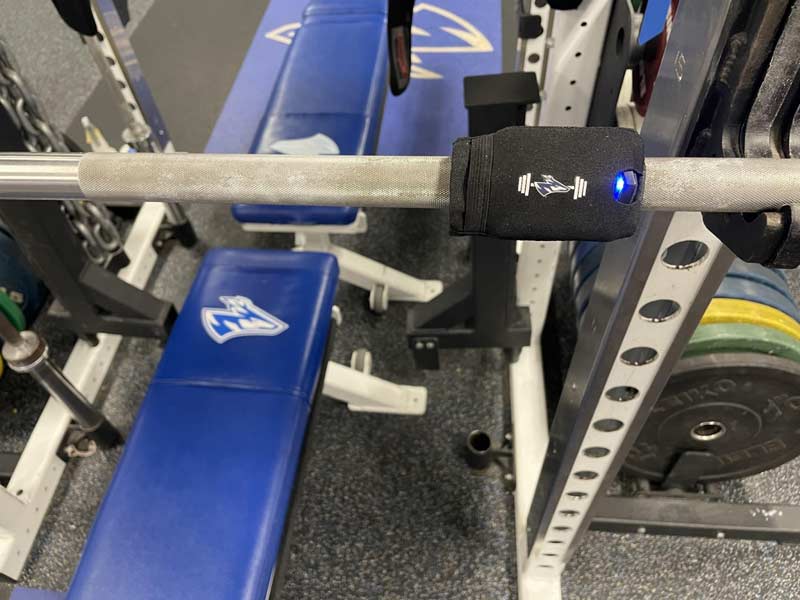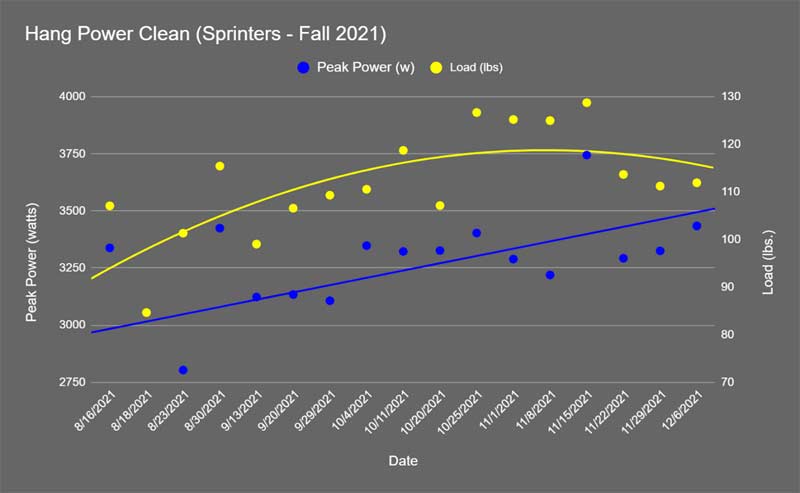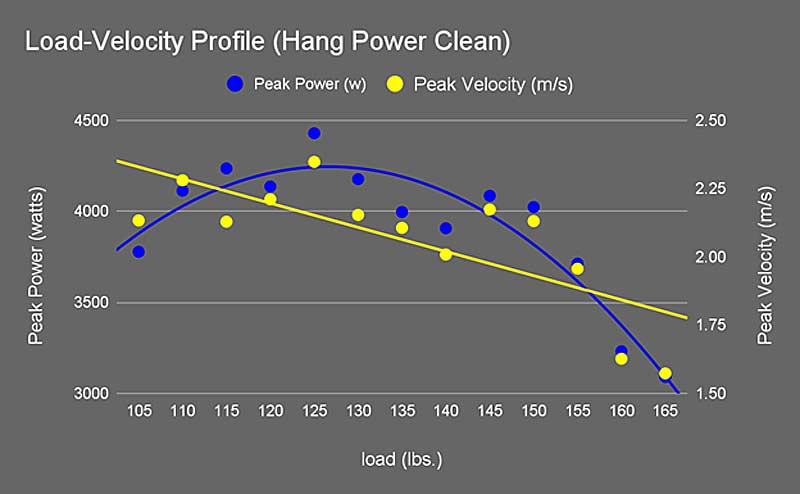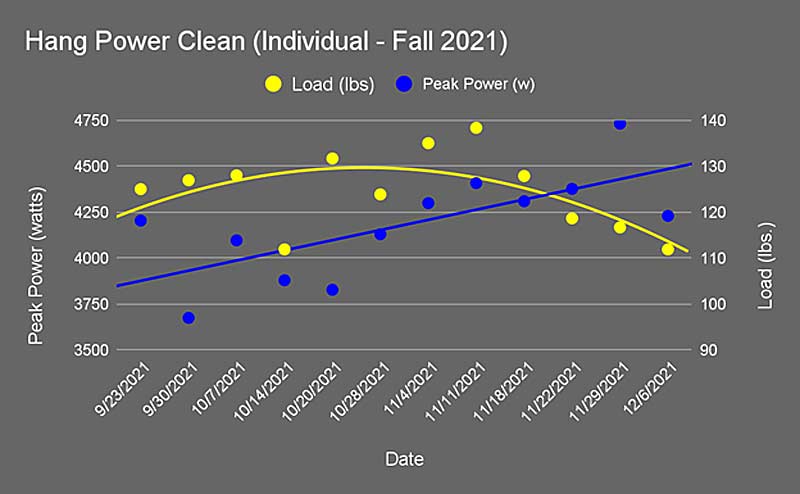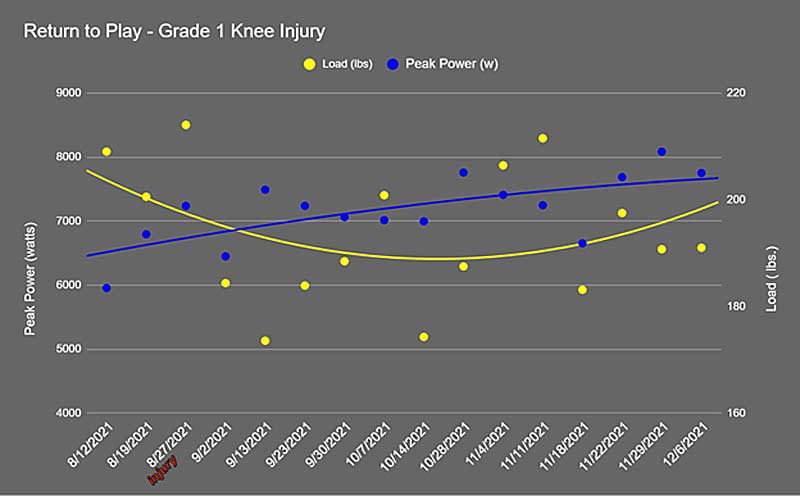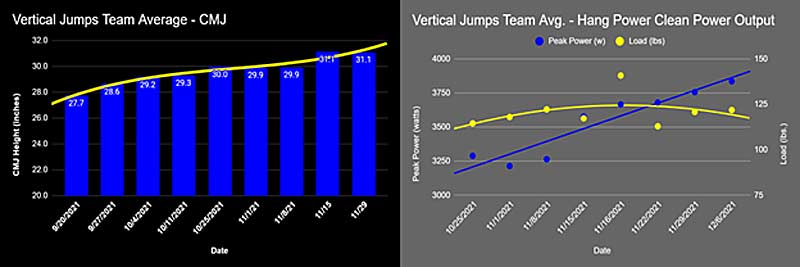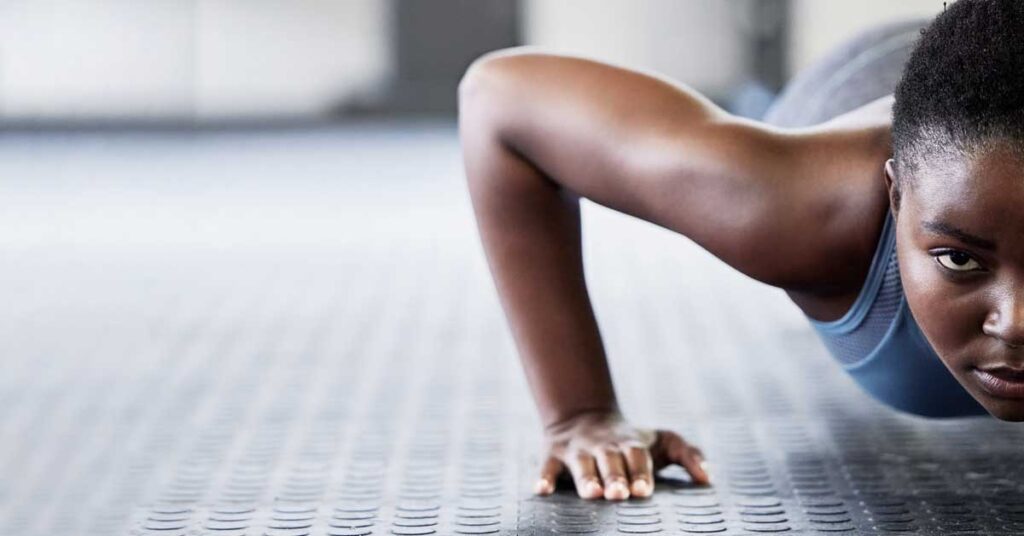
Tim Kettenring is a husband, father, performance coach, and consultant. He’s the Head Strength and Conditioning Coach at Loyola University – New Orleans and owns two businesses: Valhalla Performance, a brick-and-mortar training facility, and Human Performance Solutions, a training consulting company.
Freelap USA: In addition to your position at Loyola, you actively work as a consultant in the high school sector creating training programs for schools that lack a strength and conditioning professional on staff. Can you talk us through the process of determining needs and progressions in a program you won’t have your eyes on all the time?
Tim Kettenring: I generally start with the skills that I would like an incoming freshman college athlete to have acquired when they get to me and work backward from there. My KPIs are movement competency in the major patterns—squat, hinge, lunge, push, pull, rotate—and motor control. I still FMS incoming freshmen to assess these KPIs, even though I generally don’t use correctives.
With the end goal established, I set a baseline exercise for each pattern starting with bodyweight exercises and build the program from there, ensuring that I teach sport coaches how to teach, cue, and assess each movement. A big priority early in my programming for high school athletes is to accumulate training volume and develop work capacity while also exposing them to novel exercises. I frequently implement multi-planar leg circuit progressions to accomplish these goals.
After the volume accumulation/work capacity phase, I like to get high school athletes comfortable using external loads while also continuing to teach sport coaches basic principles of movement standards: e.g., what a decent push-up looks like, hip crease below parallel in a squat, neutral posture in a hip hinge. I generally utilize a lot of tempo work in this phase to continue accumulating volume and enhance motor learning while improving the integrity of the soft tissue.
It’s popular to ignore aerobic capacity these days, but even a moderately trained aerobic system improves recovery in every facet; between sessions, between sets, etc., says @ValhallaPerform. Share on XAfter the movement competency/motor learning phase, I progress into a “relative/maximal strength” phase, which sounds ridiculous, I know. For context, the schools I work with are non-football schools, so to try to progress these athletes to a 1.5x bodyweight squat or incorporate 1RM or 3RM percentage-based work is not practical, in my eyes. In this phase, all of our loading is based on percentage of body weight (i.e., relative), and the strength levels are the closest we can safely and practically get to maximal.
My simple assessment battery for schools that want on-site testing is:
- 10-meter acceleration.
- 30-meter sprint using the Freelap timing system.
- A vertical jump using a Just Jump mat (purchased from SimpliFaster).
- A 5-0-5 change of direction test also using Freelap.
I also recommend periodic conditioning assessments, usually for aerobic capacity.
From a needs analysis perspective, I look at movement competency and motor control, biomechanical efficiency, relative strength, “foundational” strength, and aerobic capacity.
Freelap USA: You recently wrote a piece for your blog on sleep and are an active proponent of the idea that “7-9 hours of sleep” isn’t a constructive message for most athletes. Talk us through the message you give to your athletes when it comes to sleep accumulation, efficiency, and quality, along with any other thoughts you have on the topic.
Tim Kettenring: My informal research on sleep stems from my own struggles with a sleep disorder called idiopathic hypersomnia that I was diagnosed with in 2012. Initially, I was prescribed a stimulant that acted on the GABA/Orexin receptors, but it was only effective for a few months before I became desensitized to it. After that experience, I dug into how to maximize “sleep performance.” I read sleep research, talked to neurologists specializing in sleep disorders, talked with dietitians about nutrient timing, and experimented on myself.
My primary takeaways from that research were as follows:
- Optimizing sleep environment (sleep hygiene).
- Cold room.
- As dark as possible.
- Eye mask.
- White noise machine.
- Sleep timing.
- Consistent sleep time—go to bed within an hour of the same time every night.
- Consistent wake time—wake up within an hour of the same time every morning.
- Not going to sleep too late after the sun goes down to maximize melatonin release—for me this is between 8:30 and 9:30 p.m.
- Not sleeping in too late after the sun comes up to maximize serotonin release.
- Basing nightly sleep time on cycles instead of hours.
- We mostly sleep in 90-minute cycles where we go through the four stages of sleep (N-REM 1-3 and REM).
- We can maximize daily energy levels by setting sleep/wake times based on the number of cycles.
- We can minimize sleep inertia (grogginess upon waking) based on the same principles.
- Six hours (~4 cycles) can leave us more energized than eight hours (5.33 cycles) because we wake up at the end of a cycle when our brains/bodies are more prepared for wakefulness.
- The 7-9 hour/night recommendation comes from cumulative data.
- Sleep accumulation.
- Sleep doctors I talked to recommend 70 hours of cumulative sleep time over the course of 10 days for the general population and closer to 90 hours for athletes.
- This obviously sounds like “7-9 hours per night” but that’s an average, not a specific nightly recommendation.
-
- The dietitians I spoke with recommended avoiding carbohydrates within 1-2 hours of sleep time.
- Carbohydrates can have a sympathetic effect on the autonomic nervous system.
- Protein has more of a parasympathetic effect.
I talk with my athletes about sleep more than any other aspect of their performance management process.
I talk with my athletes about sleep more than any other aspect of their performance management process, says @ValhallaPerform. Share on XFreelap USA: Assessment protocols are all the rage these days. I know your volleyball program at Loyola is quite successful. Would you discuss what KPIs you use to guide your training and any other screening processes you find helpful?
Tim Kettenring: The number one reason volleyball has been successful is because we have great coaching staff and great players.
But from a training standpoint, the KPIs we use are:
- RSI – In my experience working with volleyball at the Division I level, a big emphasis is placed on maximal vertical jump height versus ground contact times on a multi-jump. We’ve started using the four-jump test on the Just Jump Mat as an inexact measure of RSI. By emphasizing this along with an enhanced focus on reactive strength, our athletes get off the ground quicker in matches as demonstrated by block and attack percentage increases.
- Linear Speed – We use 10-meter and 30-meter sprint times to assess acceleration and max velocity. We emphasize accelerative ability early in the off-season paired with our volume accumulation work in the weight room. Later in the off-season, the program progresses to more max velocity work combined with higher velocity weight room work. In-season we touch max velocity for 1-2 reps. I like the biomechanical efficiency that max velocity work develops and demands. Boo Schexnayder suggested several years ago that I micro-dose max velocity work with every group I train for these reasons.
- Change of Direction – We use a Modified T-Test where a 9-inch wicket is placed on each side of the “T,” so our girls have to sprint, shuffle, then jump and land twice in transition on each side. Since assessing agility is really difficult in our setting, we wanted to make a change of direction test that was at least semi-specific and seemed to address the movement patterns seen on court with every position.
- Aerobic Capacity – We use a 2x600m run test with three minutes of recovery between efforts and score total time, which ranges from 5:30 to 7:30. It’s really popular to ignore aerobic capacity these days, but even a moderately trained aerobic system improves recovery in every facet; between sessions, between rallies within a set, between sets, and between matches. We train it as such.
- Maximal Strength – We use a 3RM trap bar deadlift test for max strength. We feel that a 3RM gives us more accurate data than a 1RM since most of our girls aren’t anywhere near their ceiling from a maximal strength standpoint.
Freelap USA: Recently you posted a tweet about “military-style training” in team sports settings, the basic premise of which was that it’s insulting to individuals such as yourself who have actually served in the military. Can you expand on this thought as well as your thoughts on the safety and efficacy of these training “strategies”?
Tim Kettenring: There are many reasons why coaches should not use militaristic training or terminology with their athletes, but the fundamental reason is that military training is designed to desensitize soldiers to combat and to dehumanize enemy combatants. When you teach young people—usually boys playing high school sports whose frontal lobes are not fully developed—that they are “going to war” with another group of boys, it desensitizes them to violence and teaches them that it’s acceptable to dehumanize opposing players. The frontal lobes regulate decision-making and impulse control, and they are essentially rewired by this kind of messaging to make boys more prone to unnecessary violence and aggression.
This stunted development of executive function has nonlinear effects later in life, ranging from depression and anxiety to a propensity for domestic violence to a risk of substance abuse. I think the long-term effects were summarized well by Martellus Bennett when he posted a really sobering Twitter thread about emotional desensitization in football last year and the detrimental effects it had on his life.
From a veteran’s perspective, the use of military terminology dramatically minimizes what service members volunteer to do in the service of their country. To have coaches, many of whom would never be found within 100 miles of a recruiting office, insinuate that anything they or their athletes do is anything remotely close to combat is the insulting part. Many of my best friends risked their lives in combat so that these same coaches could safely coach their sports, and the perpetuation of this dynamic is a disservice to them.
Freelap USA: What is one thing you think you do differently from everyone else in your coaching?
Tim Kettenring: I’m not afraid to be wrong. I have experienced a series of personal and professional failures in my life that have left me with a humbling sense of my own fallibility. Many coaches are their own harshest critics, but many times this is an ego-driven desire to be right.
It’s become popular to preach ‘growth mindset’ ideals to athletes, but it’s rare that a coach is willing to embrace failure for risk of embarrassment, says @ValhallaPerform. Share on XI tend to be on the opposite end of the continuum in that I’m critical of myself because I assume I’m wrong. It’s become popular to preach “growth mindset” ideals to athletes, but it’s rare that a coach is willing to embrace failure for risk of embarrassment. I’ve embarrassed myself more than most, so it really doesn’t faze me anymore. I had no one to blame but myself, and each of those failures provided an opportunity for me to learn more about myself.
Since you’re here…
…we have a small favor to ask. More people are reading SimpliFaster than ever, and each week we bring you compelling content from coaches, sport scientists, and physiotherapists who are devoted to building better athletes. Please take a moment to share the articles on social media, engage the authors with questions and comments below, and link to articles when appropriate if you have a blog or participate on forums of related topics. — SF

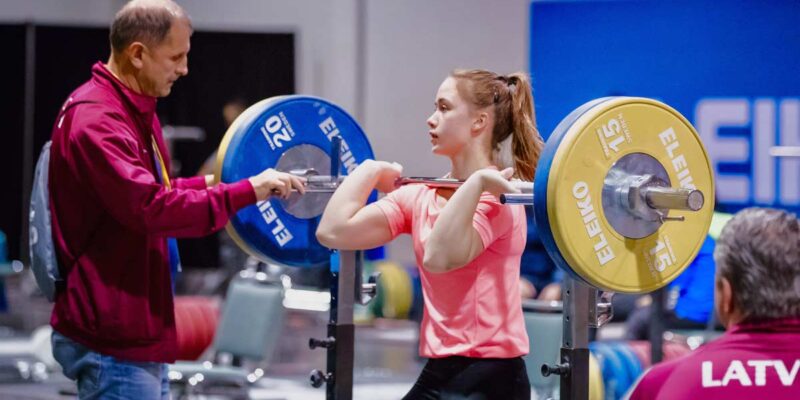
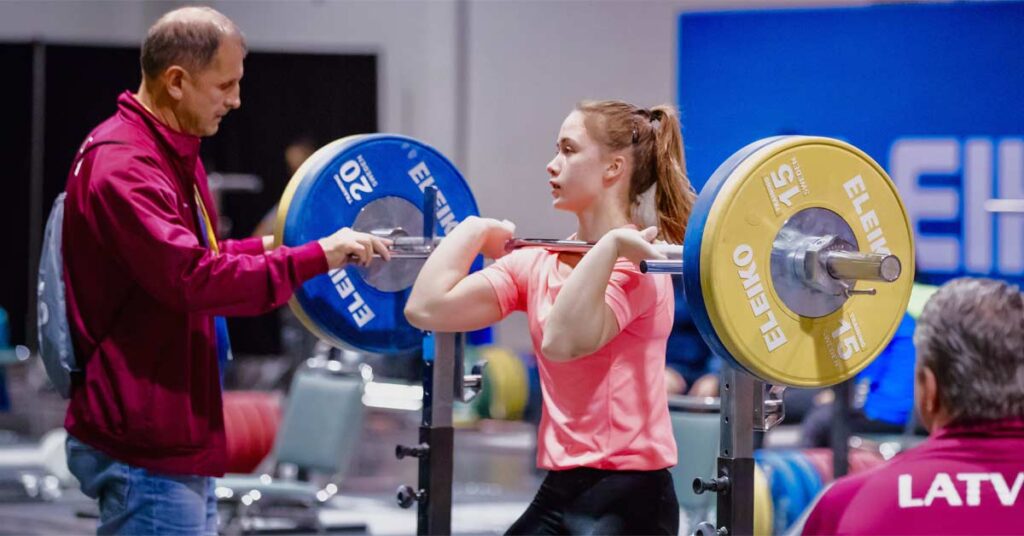
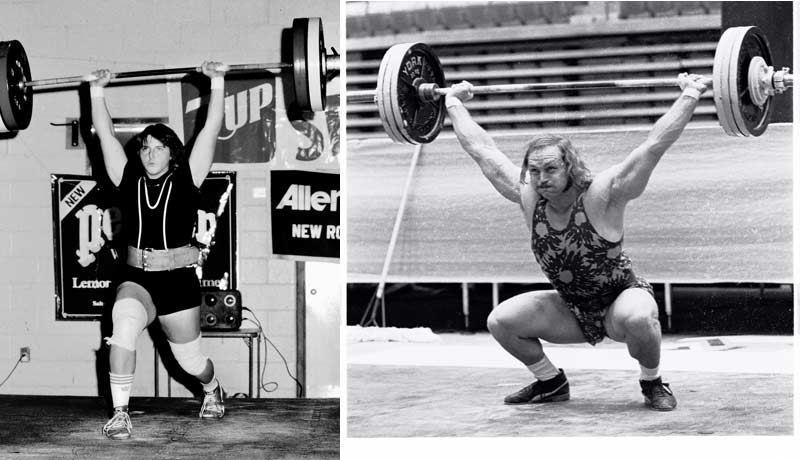
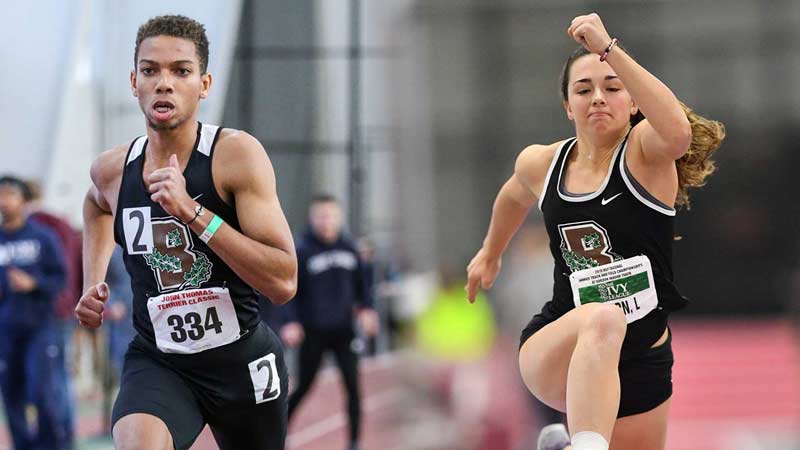
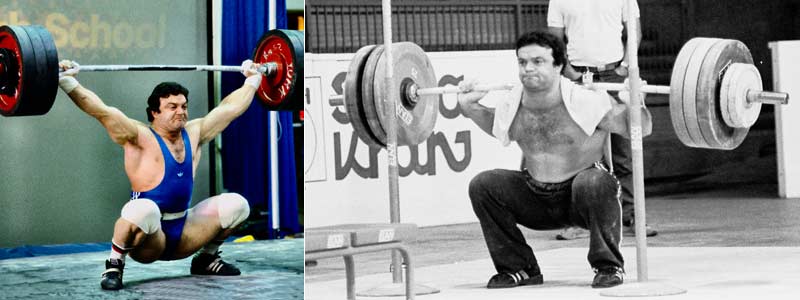

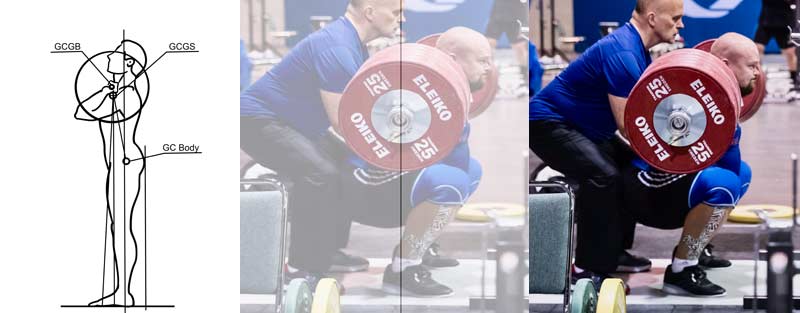
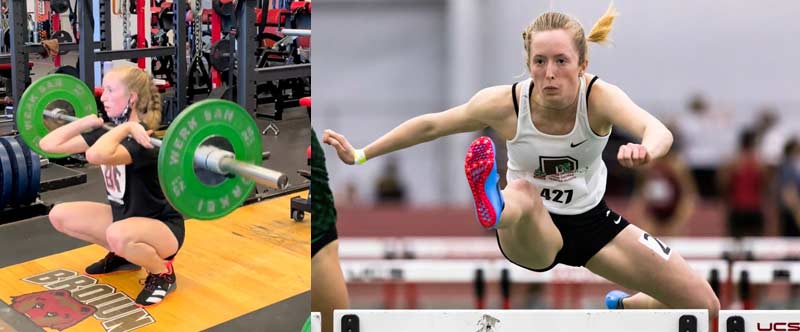
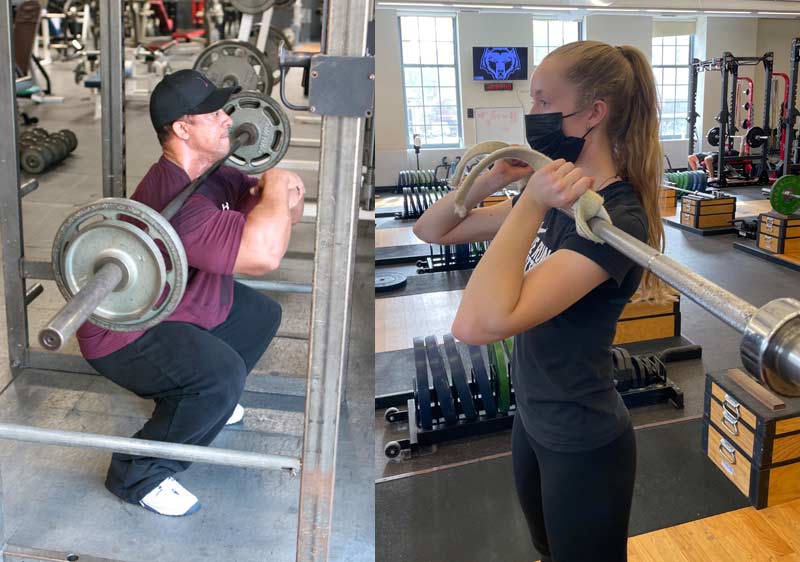
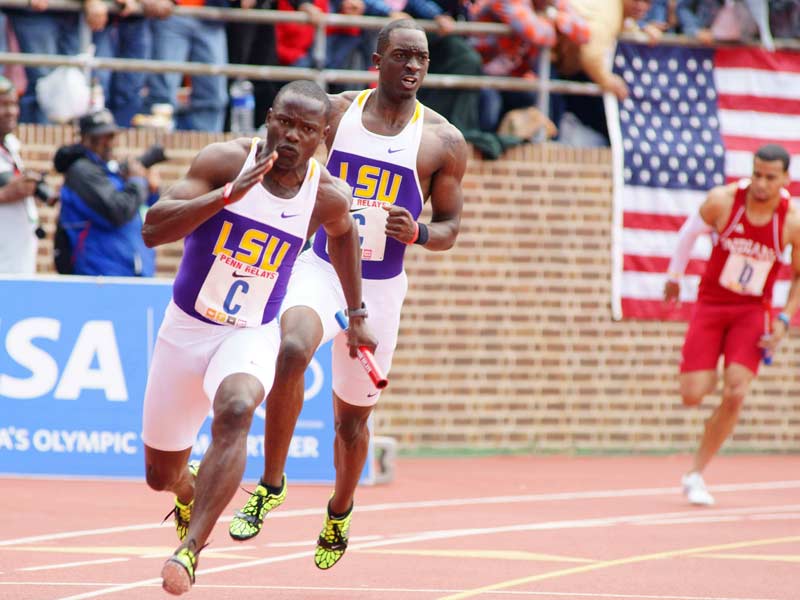
 Kim Goss has a master’s degree in human movement and is a volunteer assistant track coach at Brown University. He is a former strength coach for the U.S. Air Force Academy and was an editor at Runner’s World Publications. Along with Paul Gagné, Goss is the co-author of Get Stronger, Not Bigger! This book examines the use of relative and elastic strength training methods to develop physical superiority for women. It is available through Amazon.com.
Kim Goss has a master’s degree in human movement and is a volunteer assistant track coach at Brown University. He is a former strength coach for the U.S. Air Force Academy and was an editor at Runner’s World Publications. Along with Paul Gagné, Goss is the co-author of Get Stronger, Not Bigger! This book examines the use of relative and elastic strength training methods to develop physical superiority for women. It is available through Amazon.com.

